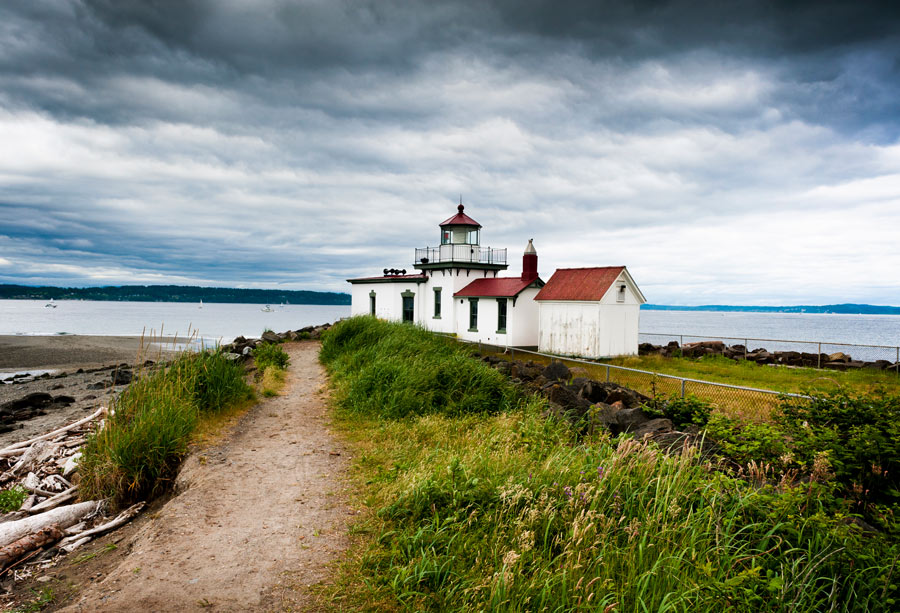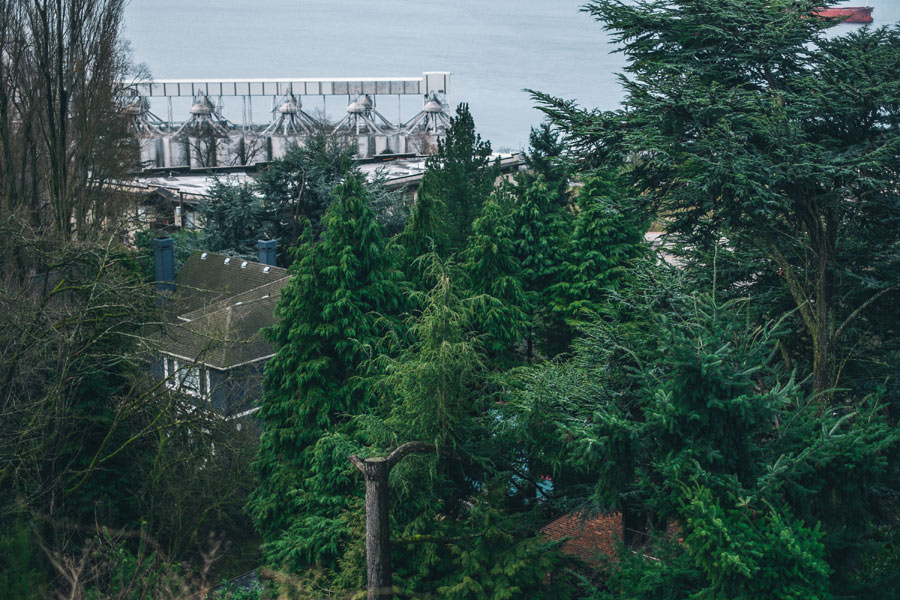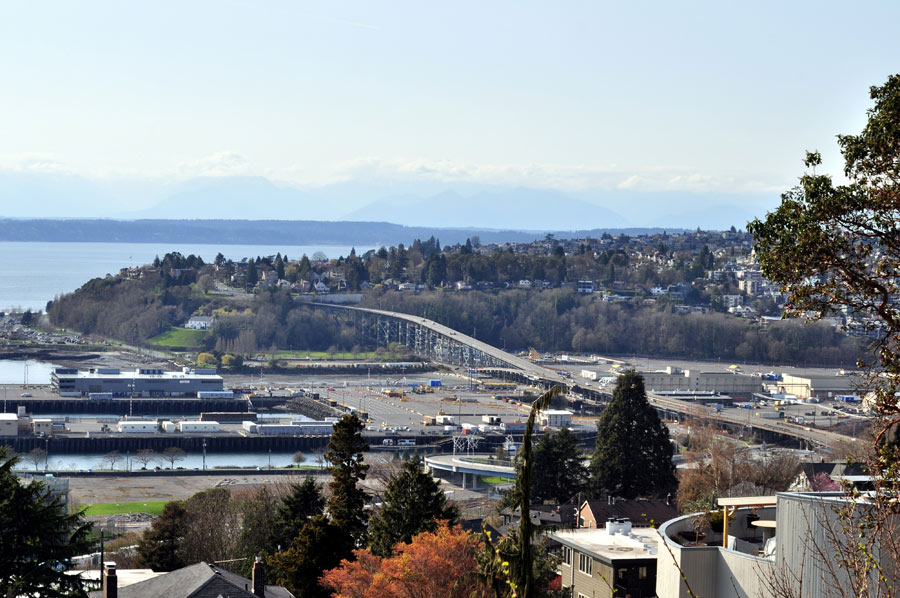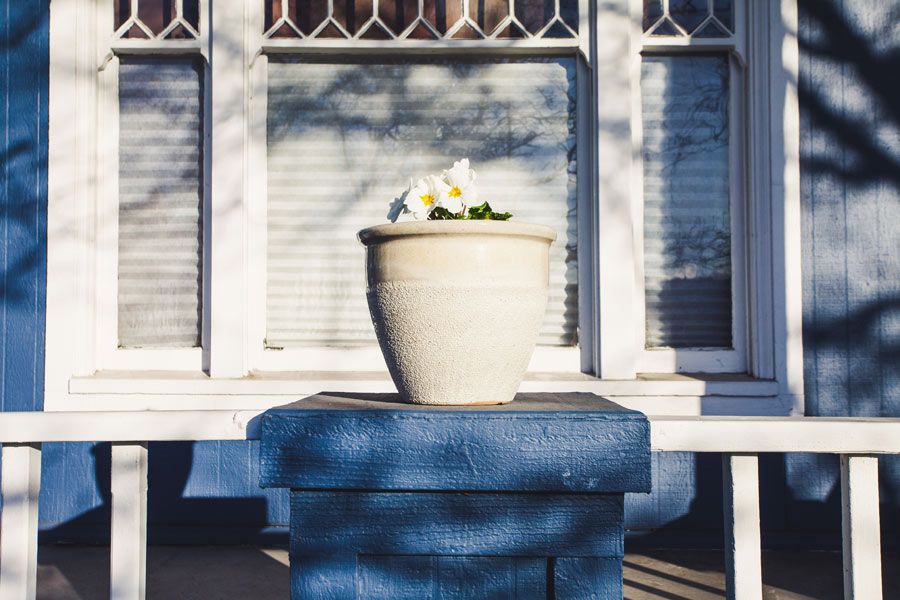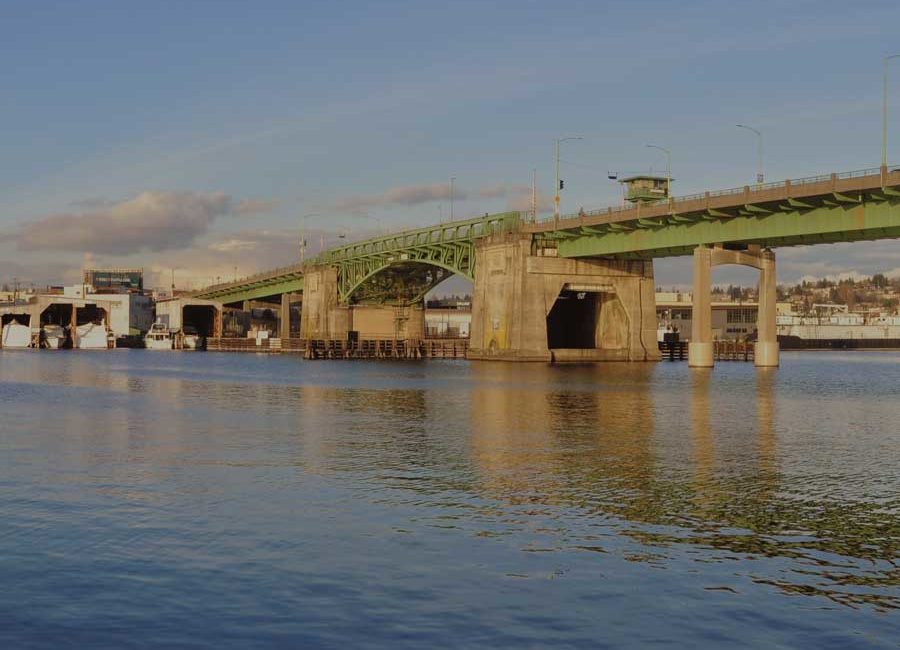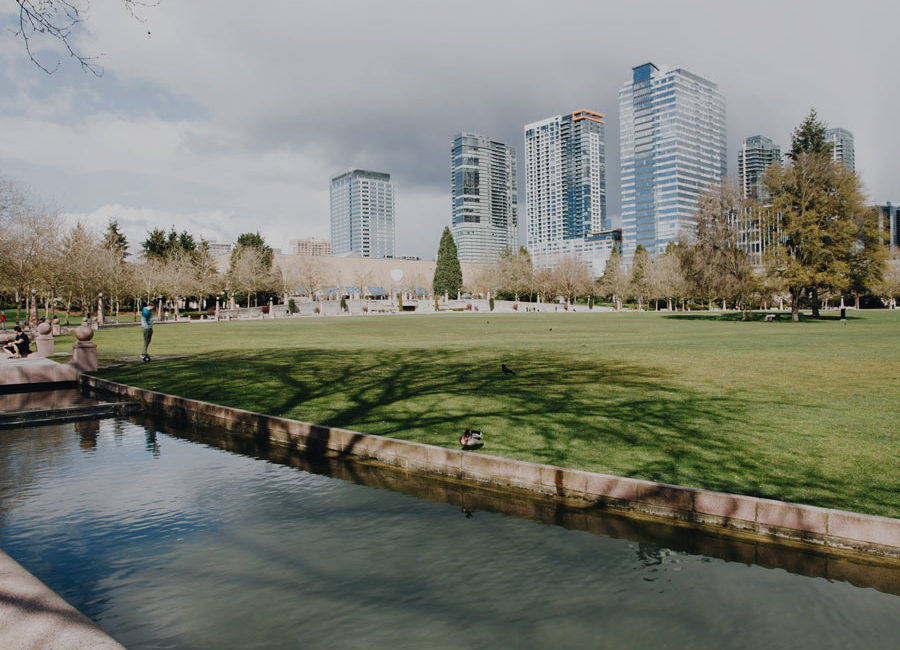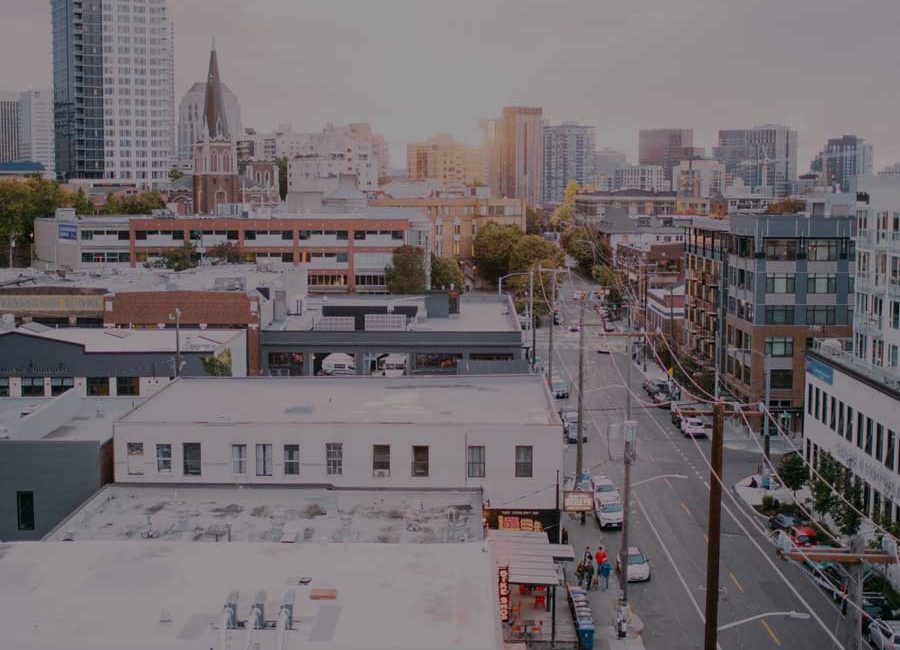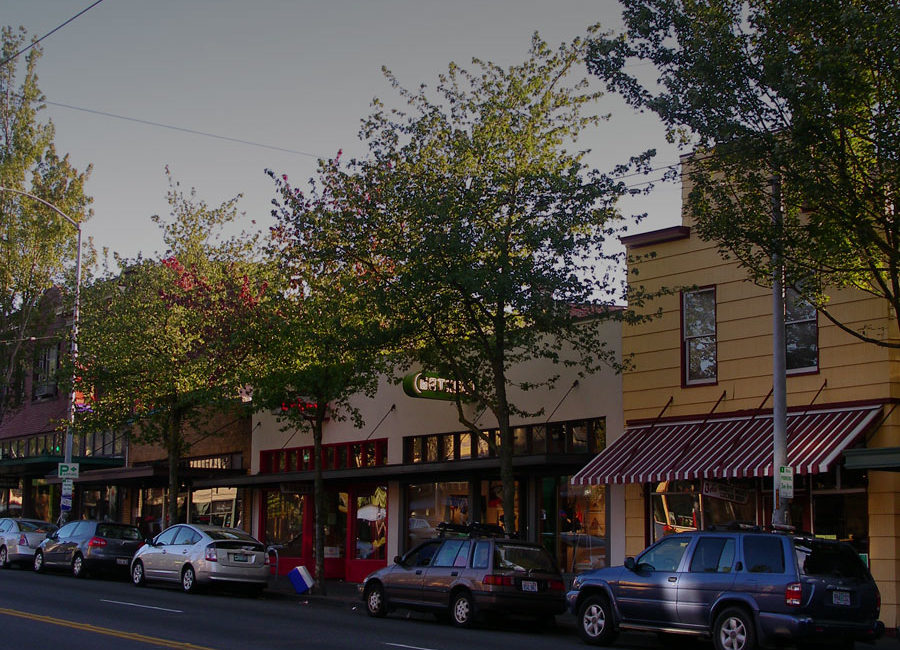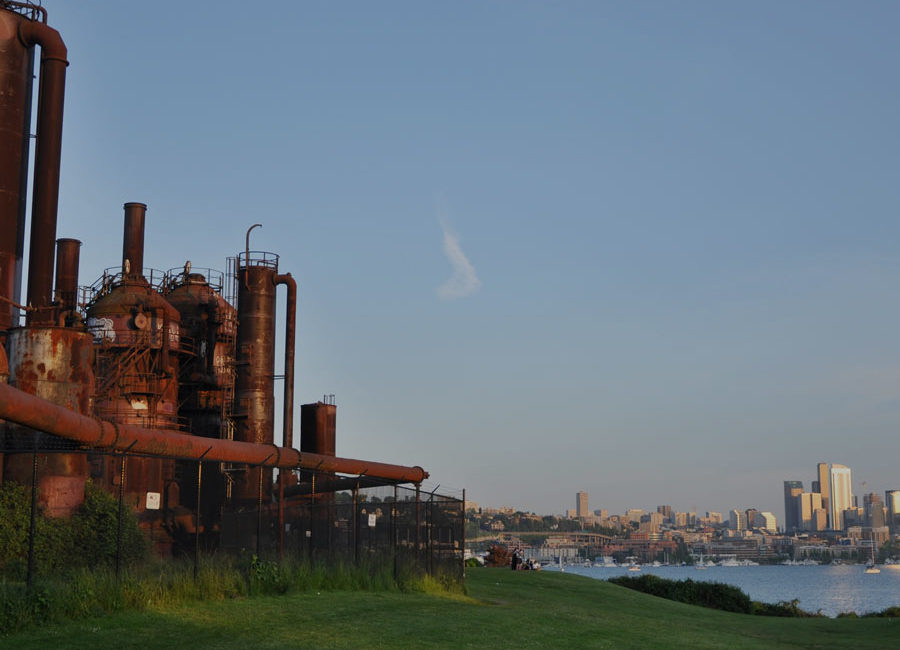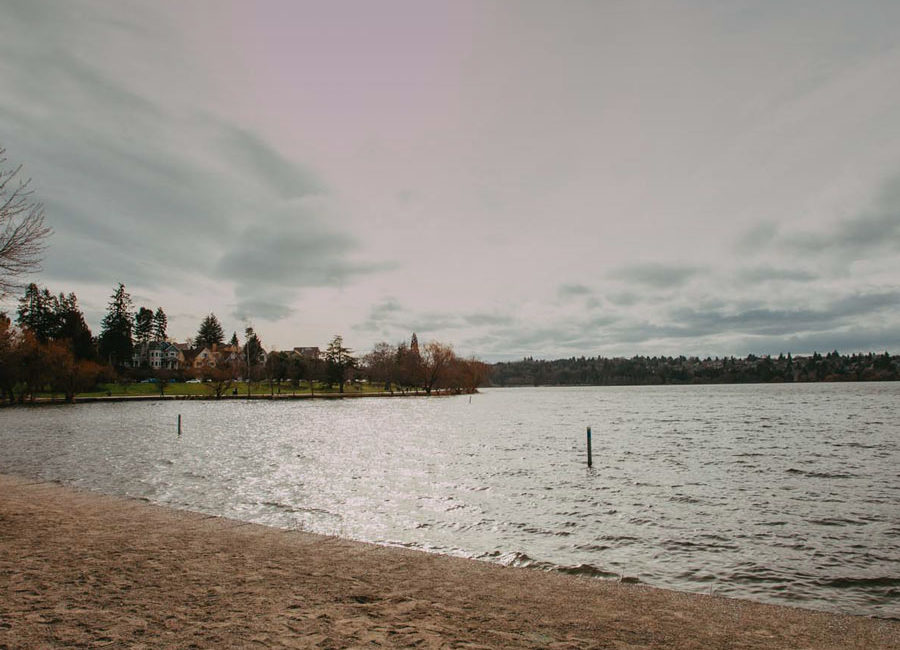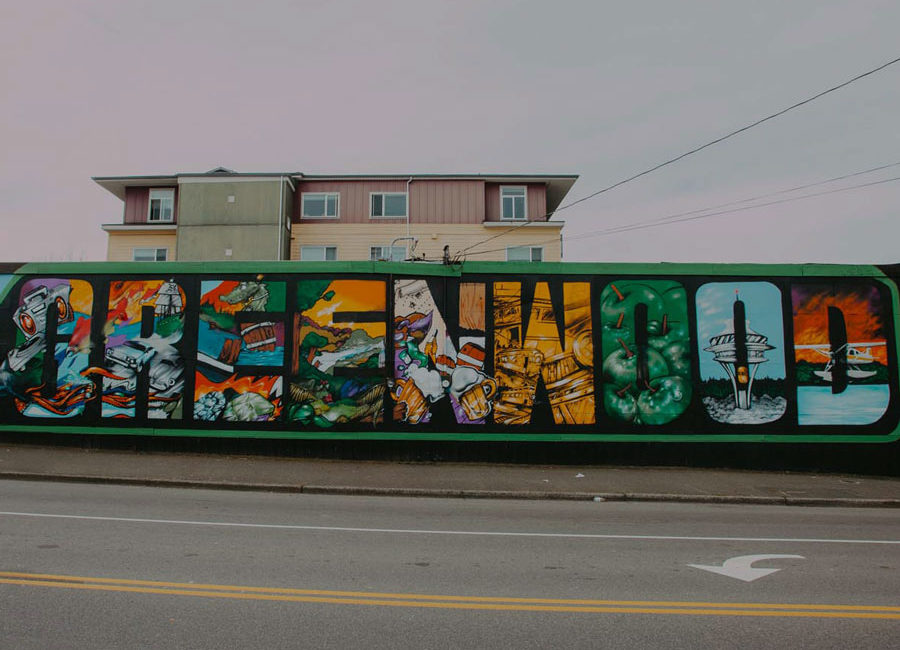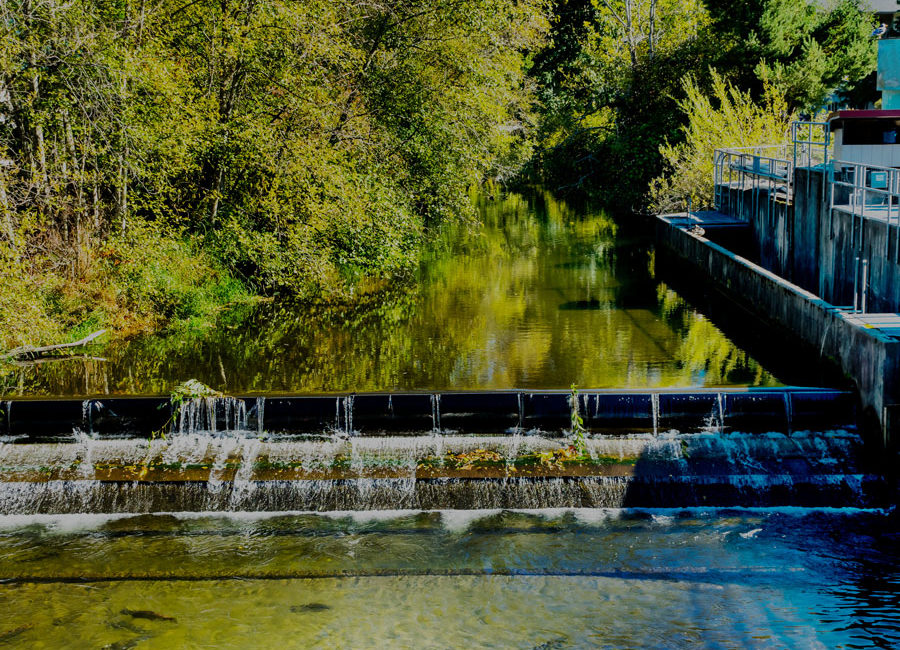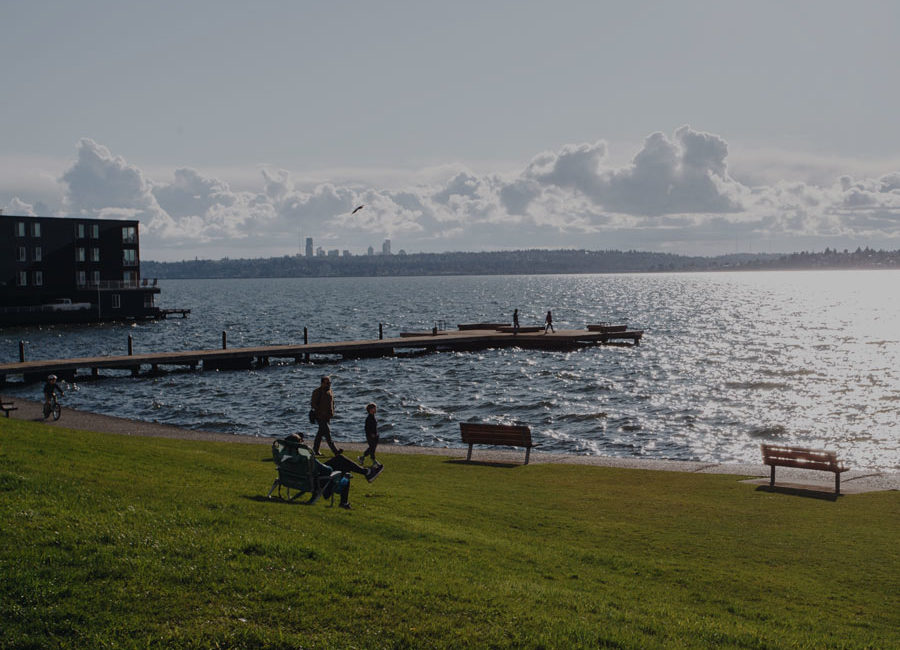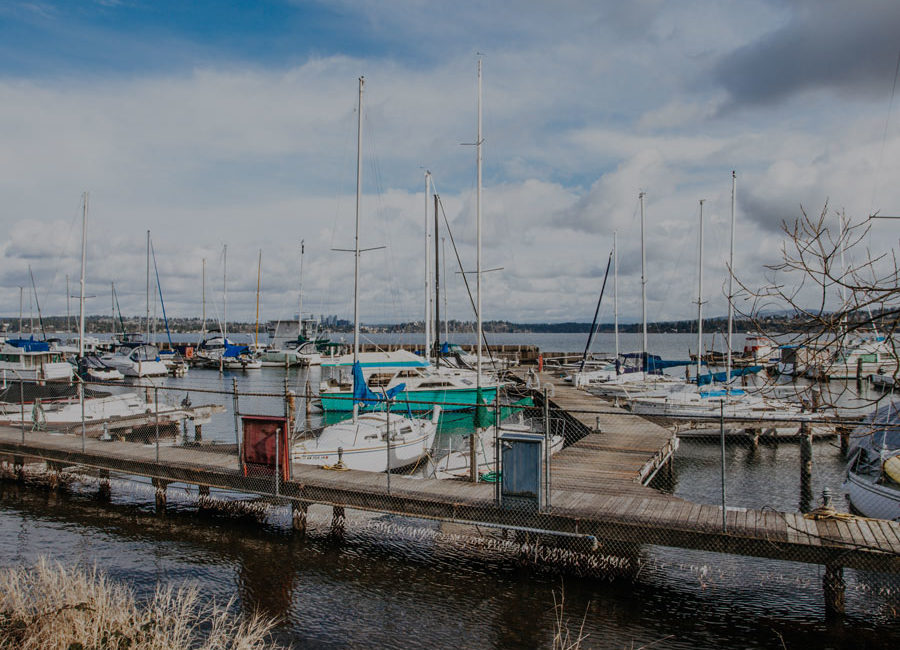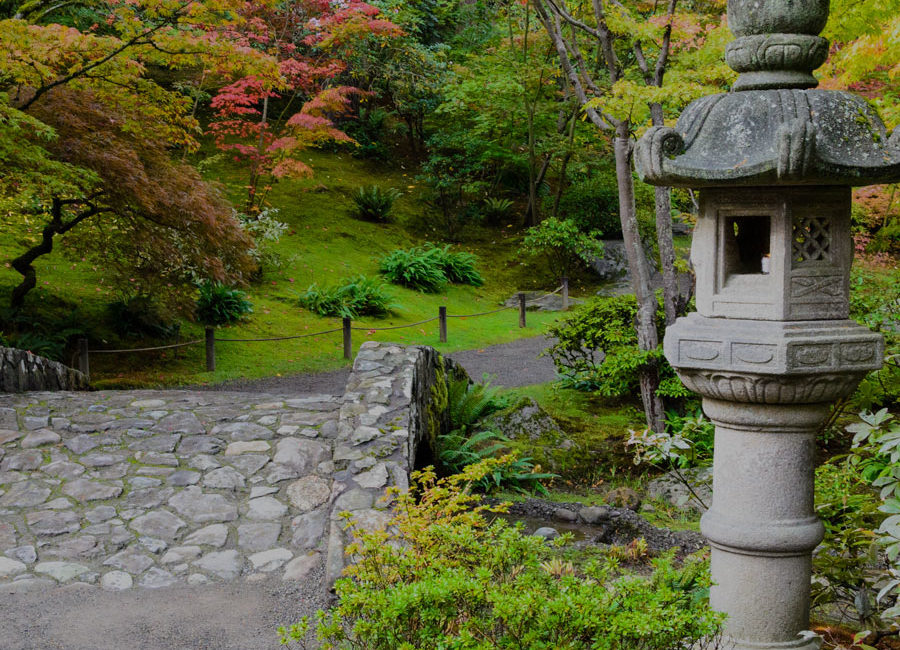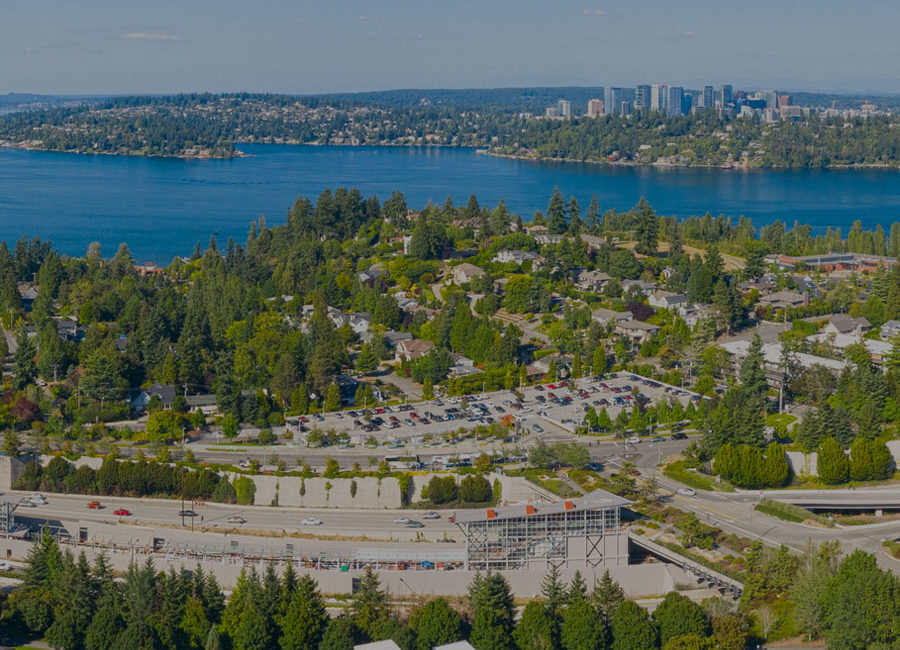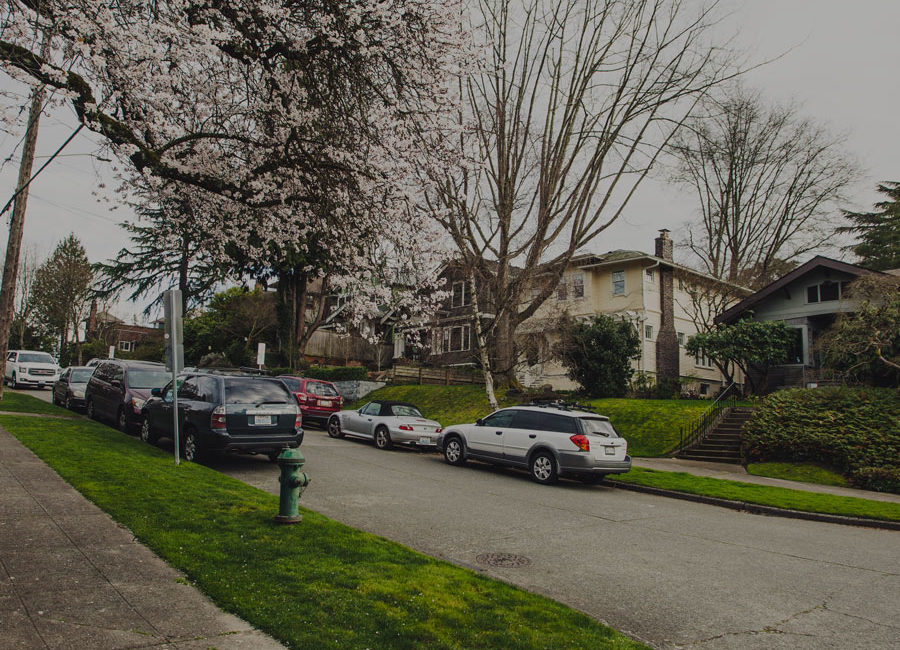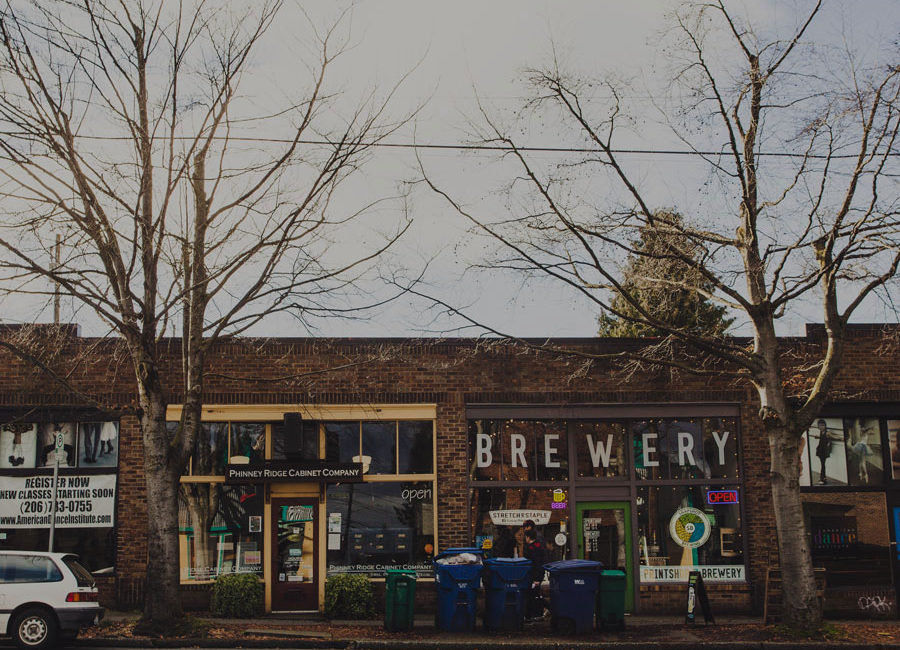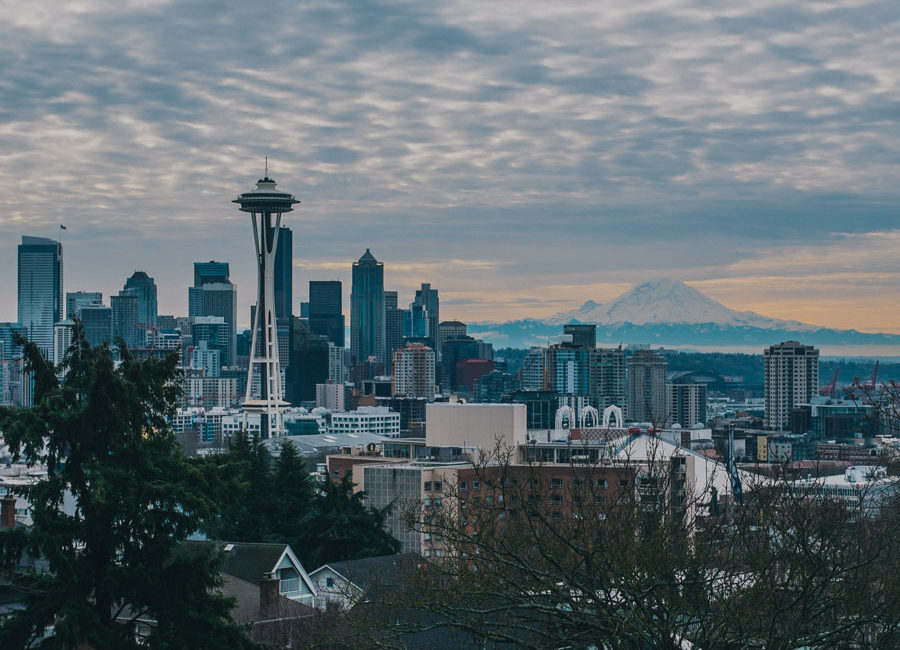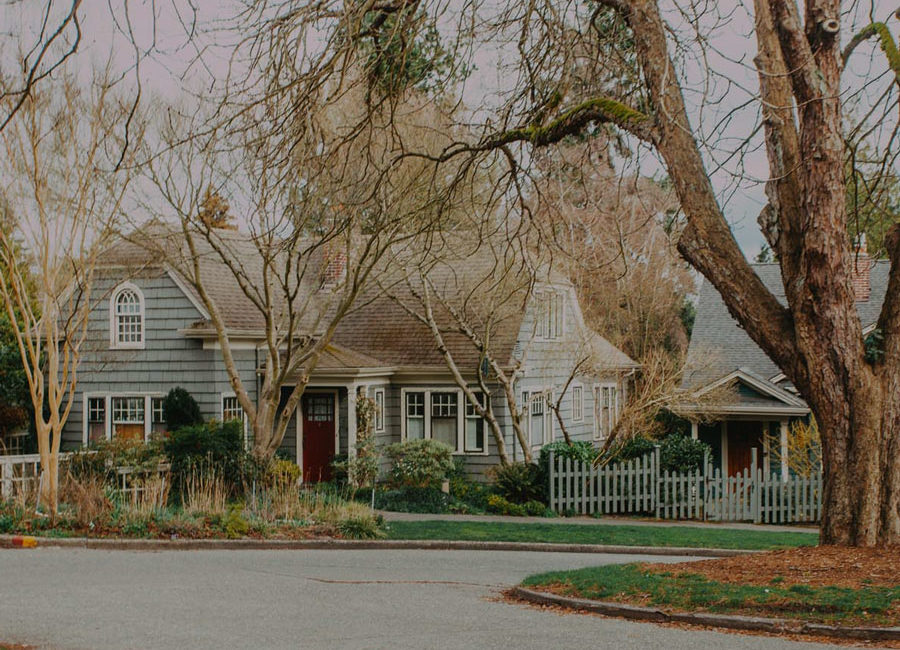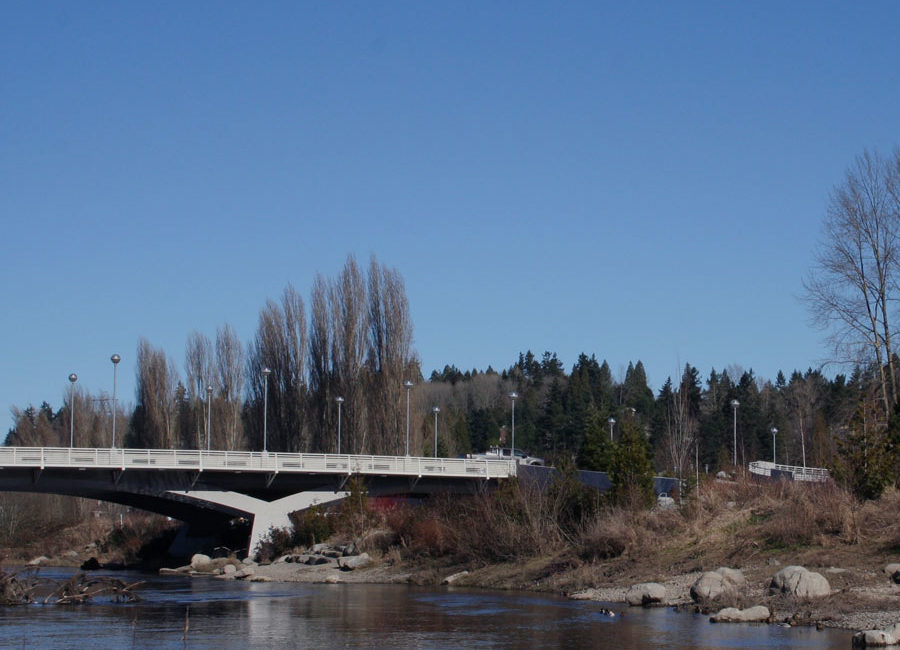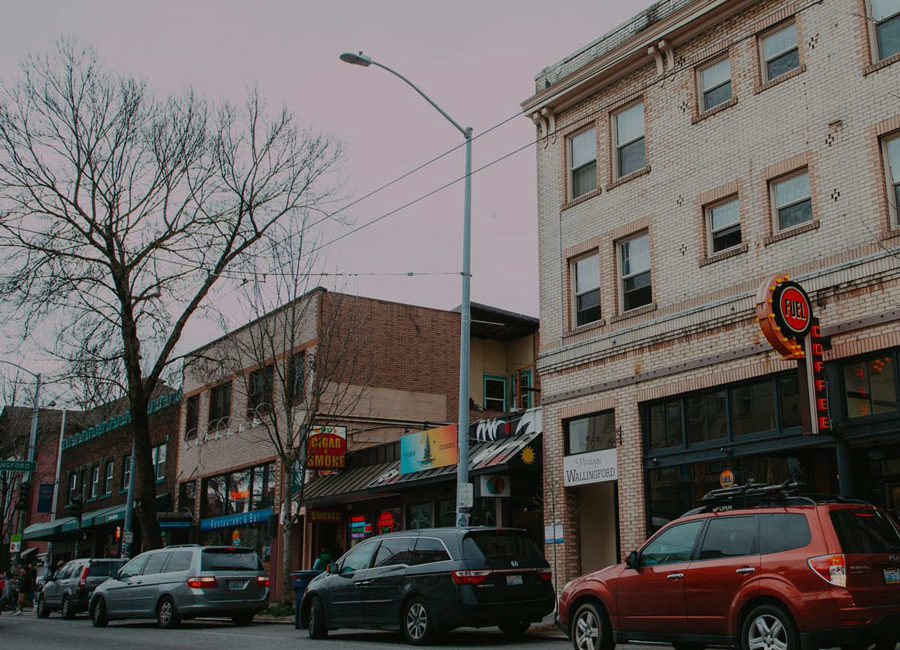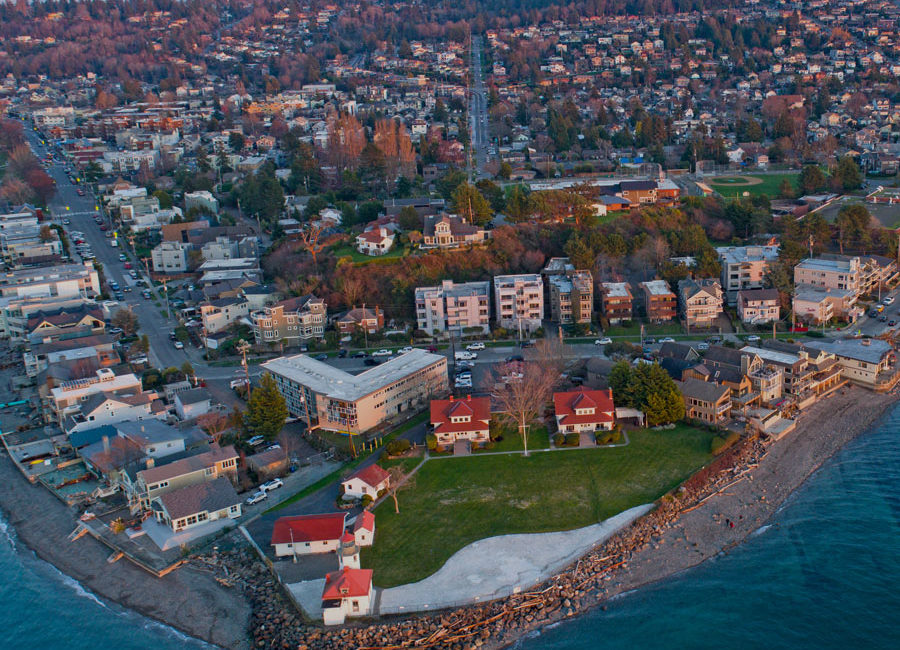Magnolia: An Island Neighborhood
Just Outside of Downtown
For families, professionals, and retirees in search of a community that feels like it’s miles and miles away from the center of the city despite being located just a short drive away, Magnolia could be the perfect choice. Just 4.4 miles and a 15-minute drive from the heart of Downtown, the Magnolia neighborhood is mostly made up of residential areas and the massive, 534-acre Discovery Park. The commercial area is relatively small, at only a couple of blocks between Condon Way and 35th Avenue W. along McGraw Street where most of the neighborhood’s restaurants and shopping can be found.
2019 Data at a Glance
Average Home Price:
$969,140
Average Rent:
$3,150/month
Home price trend:
-3.0%
Walk Score (1-100):
59
Number of Parks:
18
Pros and Cons of Living in Magnolia, Seattle
Magnolia is a very different sort of neighborhood, and feels a bit secluded from the rest of the city because it can be difficult to get to — but that can be either a pro or a con to living here, depending on your personal preference. But Magnolia’s tight-knit community feeling and fantastic options for parks make it a very special neighborhood to live in.
The retail core of the area is on McGraw Street, with award-winning restaurants, cute and cozy coffee shops and cafes, and some unique little boutiques and shops as well as salons. There’s Uptown Espresso, with coffee and tea and pastries, Niko’s Gyros, with delicious counter-serve Greek food for lunch or dinner, Mondello Ristorante Italiano, an intimate and rustic Italian eatery, Mura Asian Eatery, and more. For a nice neighborhood spot to grab a drink and some tasty bar food, there’s the Magnolia Village Pub and Serendipity Cafe, among a few others. Browse for your next read at Magnolia’s Bookstore, an independent shop with options for all ages.
Magnolia has nearly 20 parks and green spaces, including the massive Discovery Park, iconic and scenic Magnolia Park, and even a P-Patch. Discovery Park is the largest park in Seattle, and has dozens of walking trails, a 2.8-mile running trail (the Discovery Park Loop trail), grassy areas for outdoor games and playing with your canine pal, as well as a beach with a lighthouse and picnic tables. There’s a ton of wildlife to see at Discovery Park, including eagles, hawks, herons, owls, seals, squirrels, and more. Along Magnolia’s northern edge, the neighborhood adjoins the Hiram M. Chittenden Locks, also known as the Ballard Locks due to their location in the Ballard neighborhood. It’s an easy walk across the locks from Magnolia to enjoy the nightlife and amazing restaurants in Ballard.
Among the cons of living in this neighborhood is that there is virtually no nightlife in Magnolia, and it can be a challenge to get to, since, although it’s a peninsula, access is limited to the bridge across Interbay from Queen Anne and other small bridges crossing 15th Avenue (Emerson, Dravus, and Magnolia bridges). Additionally, the home prices in Magnolia can be above the Seattle average, since many have views of Elliott Bay and Puget Sound. However, there are no “bad” parts of the neighborhood, and crime is extremely low. Most of the residents are families with young children, and it is a very safe neighborhood.
History of Magnolia, Seattle
The area that is now Magnolia was initially developed starting in 1853, just a couple of years after the Dennys arrived at Alki Beach and white settlers started coming to the Seattle area. Federal surveyors worked their way over Magnolia’s hills in 1855. Before that, Magnolia was inhabited occasionally throughout the year by the seminomadic Duwamish people, with archaeological vestiges dating back as far as 4,000 years ago. However, indigenous life on Magnolia ended with the completion of the Hiram M. Chittenden Locks and dredging of Salmon Bay (now Interbay) in 1916, according to Magnolia: Memories and Milestones.
Henry Smith was the first developer of the Magnolia area, and he arrived in 1852 with dreams to bring the transcontinental railroad to what would become Interbay, the stretch of land between Magnolia and Queen Anne. Forty years later, in 1893, the Great Northern Railway came to Interbay and the Seattle area, and a rich period of trade, commerce, and immigration helped the neighborhood and city prosper.
A significant portion of Magnolia’s four square miles is made up of Discovery Park, which became a park under the City of Seattle by the 1970s. Before that, it was owned by the government, and contained the city’s only regimental post, Fort Lawton. The fort was developed in the 1890s and opened in the early 1900s, but it was largely unused after each of the world wars, so it made sense to use the vast space for public park lands.
Today, Magnolia remains primarily residential, with a small, yet self-sustaining commercial core at the heart of the neighborhood and on top of this scenic peninsula in the middle of Seattle.
Home Prices in Magnolia, Seattle
The average price for a home in Magnolia is $969,140, and although the list price is high at $500 per square foot, this is slightly below the Seattle average of $511. Home values in Magnolia have also declined by -3.0% in the past year; however, values are expected to rise somewhat in the next 12 months. Magnolia has lots of single-family homes, with a diverse mix of styles ranging from bungalows and Tudor-style houses to midcentury and contemporary abodes. Most Magnolia residents have also taken great care with their landscaping, adding to the lovely charm of this quaint urban neighborhood.
In addition to single-family homes, there are a few apartment and condo buildings, particularly on the north and east side of the neighborhood, near Ballard and Interbay. The average rent for a one-bedroom in Magnolia is quite a bit higher than the Seattle median of $2,650, at $3,150.
Walk Score & Transportation in Magnolia
Magnolia is the 21st most walkable neighborhood in Seattle, with a walk score of 59. Southeast Magnolia is slightly more walkable, with a score of 65 and a bike score of 67. There is a 4-mile paved trail that conveniently takes bikers from Magnolia to Downtown.
The transit score for the area is 44. While there are no express buses to Magnolia, there are two routes that travel from the west part of the neighborhood to Downtown Seattle, which are the 19 and 24. However, the commute generally takes about 45 minutes, and can be more than an hour during rush hour. Route 31 and 32 travel from Magnolia to the University District for the students and faculty who live here.
Unique Gems in Magnolia
Magnolia’s cozy commercial center has several award-winning restaurants, and the corners of the neighborhood have a lot to offer for outdoor recreation and exploration. There’s also a Farmers Market on Saturdays June through October from 10 a.m. to 3 p.m. with artisanal foods and goods, organic local produce, and even seafood.
Discovery Park: With breathtaking views of Puget Sound, lots of hiking and running trails, wildlife and bird watching opportunities, and even a lighthouse and beach, Discovery Park has a lot to offer and is worth visiting over and over again.
Fishermen’s Terminal: With several seafood and other casual restaurants, as well as fishing boats and other maritime commerce, Fishermen’s Terminal is a fun spot to visit for Magnolia residents and visitors alike. It’s located in Interbay, where Magnolia meets the west side of Queen Anne hill.
Palisade: For an amazing brunch (including endless mimosas for $10 featuring some special fresh-squeezed and handmade juices) or fancier lunch or dinner fare, head down to Palisade on Magnolia’s south side. It’s right on the water of Elliott Bay, offering stunning views of Downtown and the water as you eat.
El Ranchon: Get your Mexican food fix at El Ranchon, a family-friendly eatery with tasty margaritas and rave reviews. They’re famous for their pico de gallo, queso, enchiladas… basically everything on the menu is delicious and authentic. They also have excellent service and have made a great name for themselves as a neighborhood favorite.
Serendipity Cafe: With a cafe on one side and a bar and lounge on the other, Serendipity Cafe has something for everyone. The cafe serves Herkimer coffee and espresso and locally made pastries, and there is a great list of beer, wine, and cocktails available in the lounge (21+ only). For lunch, dinner, or snacking, there is a yummy list of small bites and appetizers, plus plenty of bar food, soups, salads, sandwiches, burgers, and more.

